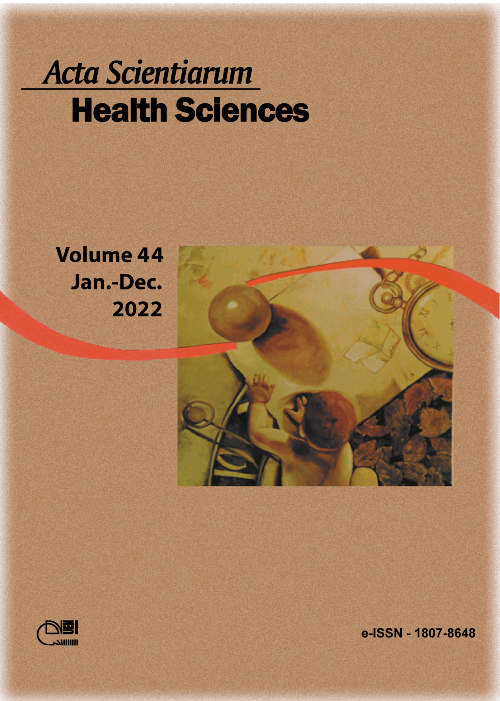The importance of environments and surfaces hygienization in pandemic times (Covid-19): a microbiological analysis in places for physical activity practice
Resumo
The objective of this study was to analyse microbiological organisms in different locations and regions for physical activity in the city of João Pessoa, Brazil. Samples were collected on various objects used, such as: mattresses, drinking fountains, gloves, cell phones and others. The samples were collected in João Pessoa-PB, following the Standard Operating Procedure-SOP/ Microbiology of a specialized laboratory. The collection took place in the five macro-regions: North, South, East, West and Center. For each region samples were collected in one public place (square), a private one (gym) and one school (public or private), totaling fifteen collected sites and 450 samples. The following microorganisms were studied in all analyzed surfaces: Bacillus sp, Escherichia Coli, Klebsiella spp or Enterobacter spp and Coag. Neg. Staphylococcus. All regions had a high contamination level by some microorganism. The highest rates were found in the western, central and northern regions - 96, 94 and 93% respectively. The Coag. Neg.Staphylococcus presented the highest and lowest incidence rates in the South and East regions, with 43.33 and 6.67%, respectively, as well as Klebsiella spp or Enterobacter spp, which presented high levels. It is concluded that there is a microorganisms’ contamination in the most varied places and regions where physical activity practices are developed, with a predominance of Coag. Neg.Staphylococcus and Klebsiella spp or Enterobacter spp. These results lead to a warning about the hygiene importance in places for physical activity practice, especially in pandemic times (COVID-19), since almost all the evaluated surfaces were contaminated.
Downloads
DECLARAÇÃO DE ORIGINALIDADE E DIREITOS AUTORAIS
Declaro que o presente artigo é original, não tendo sido submetido à publicação em qualquer outro periódico nacional ou internacional, quer seja em parte ou em sua totalidade.
Os direitos autorais pertencem exclusivamente aos autores. Os direitos de licenciamento utilizados pelo periódico é a licença Creative Commons Attribution 4.0 (CC BY 4.0): são permitidos o acompartilhamento (cópia e distribuição do material em qualqer meio ou formato) e adaptação (remix, transformação e criação de material a partir do conteúdo assim licenciado para quaisquer fins, inclusive comerciais.
Recomenda-se a leitura desse link para maiores informações sobre o tema: fornecimento de créditos e referências de forma correta, entre outros detalhes cruciais para uso adequado do material licenciado.























5.png)







